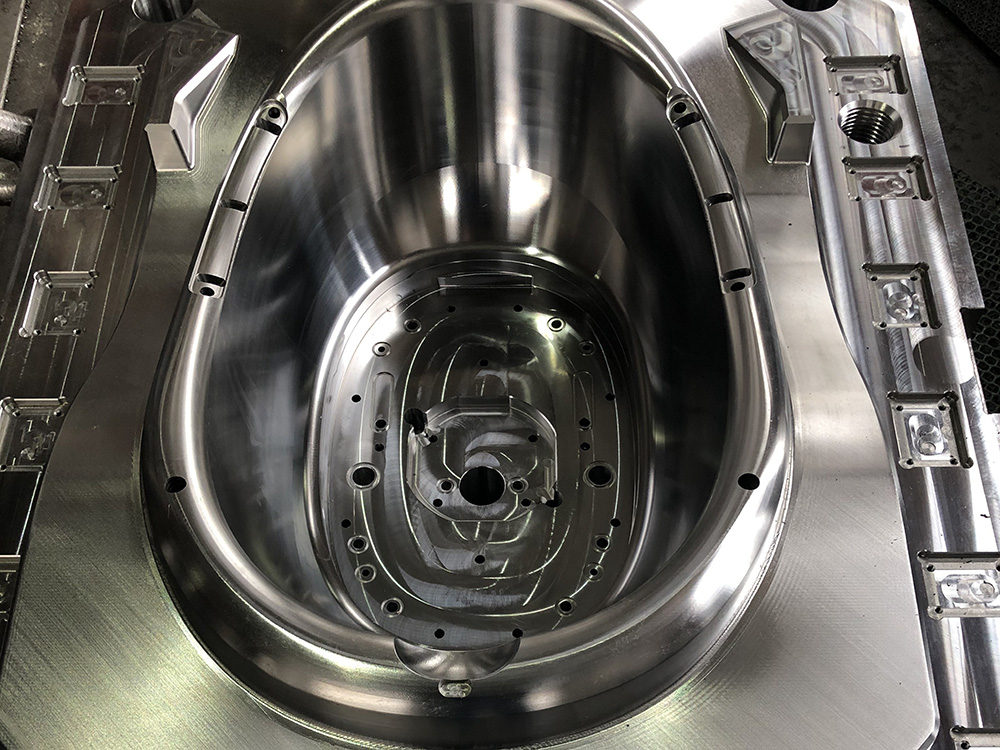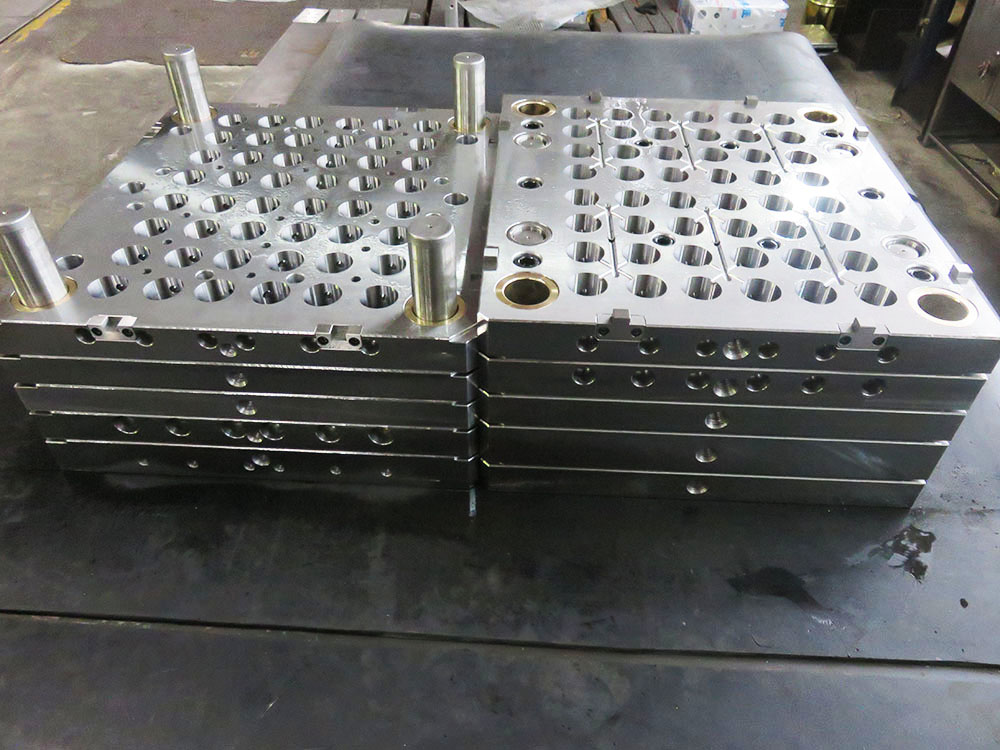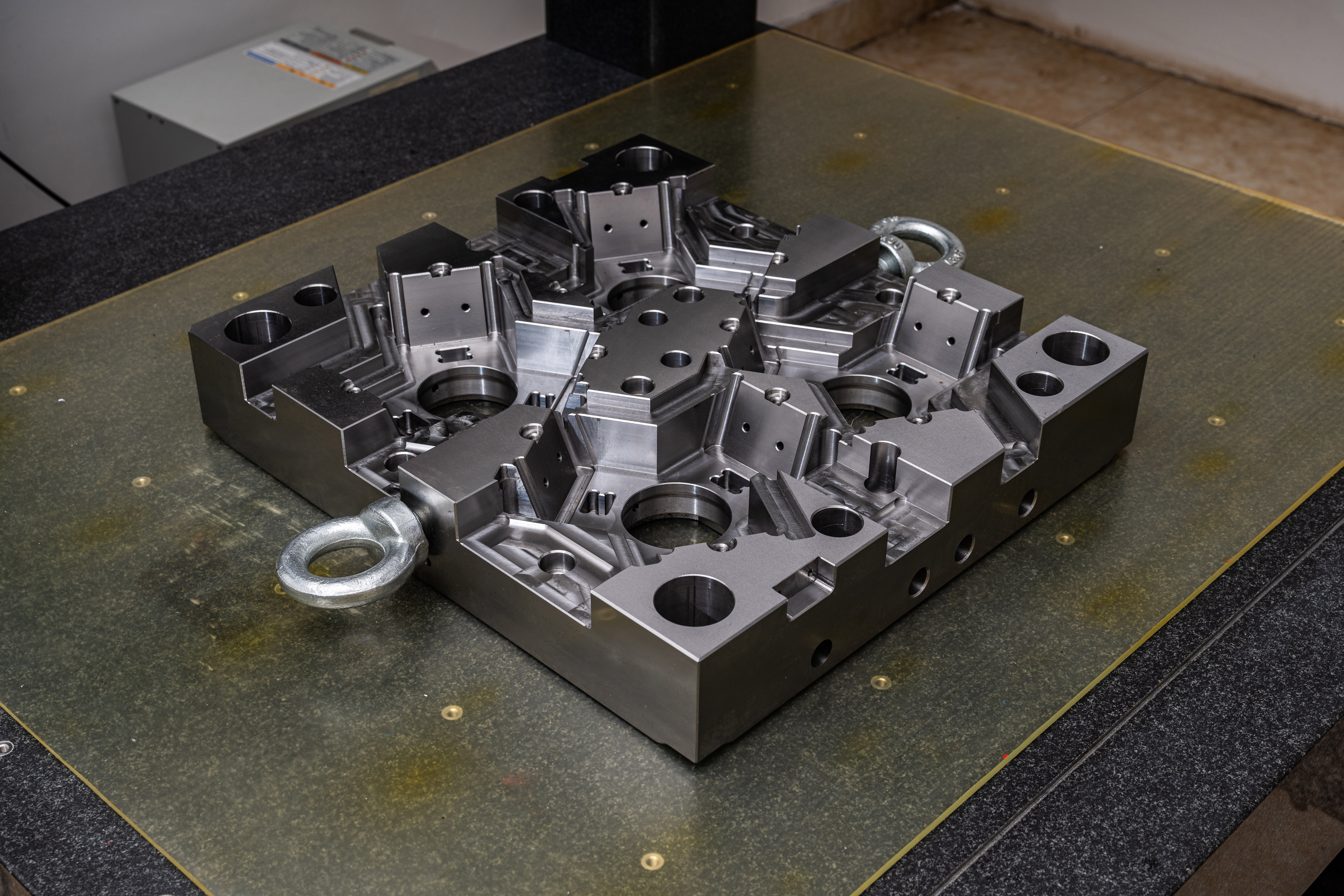Mold Base Industry: Calculation of forces in cantilever formwork for roof overhang
Introduction:
The mold base industry plays a crucial role in the construction sector by providing essential tools for creating concrete structures. One specific area of application is the calculation of forces in cantilever formwork for roof overhangs. This article aims to provide a clear and professional analysis of this subject matter.1. Definition and Purpose of Cantilever Formwork:
Cantilever formwork refers to a temporary construction system that supports the weight of concrete during the casting and curing process. It is primarily used in situations where horizontal structures, such as roof overhangs, need to be constructed without the use of additional vertical support elements. The purpose of cantilever formwork is to provide stability and structural integrity to the concrete structure during the construction phase.
2. Calculation of Forces:
The calculation of forces in cantilever formwork is essential to ensure the safety and stability of the structure. The following forces need to be considered:
a. Dead Load:
The dead load refers to the weight of the formwork itself, including any accessories or additional materials. It is essential to accurately calculate the dead load to ensure it does not exceed the capacity of the supporting elements, such as scaffolding or brackets. Failure to do so may result in collapses or structural failures.
b. Live Load:
The live load refers to any temporary or dynamic load that may be imposed on the cantilever formwork during the construction process. This can include the weight of workers, construction equipment, or materials being placed on the platform. The live load should be accounted for in the design and calculation of the formwork system to ensure its stability.
c. Wind Load:
The wind load is a critical factor to consider, particularly in outdoor construction sites or areas with high wind speeds. The force exerted by the wind on the formwork must be calculated accurately to determine the required strength and stability of the supporting elements. Neglecting to account for the wind load can lead to structural instability or even collapse.
d. Concrete Pressure:
The concrete pressure refers to the pressure exerted by the liquid concrete on the formwork during the casting process. This pressure needs to be carefully calculated and controlled to prevent any deformation or failure of the formwork. Improper calculation of the concrete pressure can result in excessive loads on the supporting elements and compromise the structural integrity of the cantilever formwork system.
Conclusion:
In conclusion, the mold base industry encompasses various aspects related to the construction sector, including the calculation of forces in cantilever formwork for roof overhangs. Accurate calculations of forces are crucial to ensure the safety and stability of the formwork system during construction. By considering factors such as dead load, live load, wind load, and concrete pressure, professionals in the mold base industry can design and construct cantilever formwork that meets the required standards and ensures the successful completion of construction projects.



